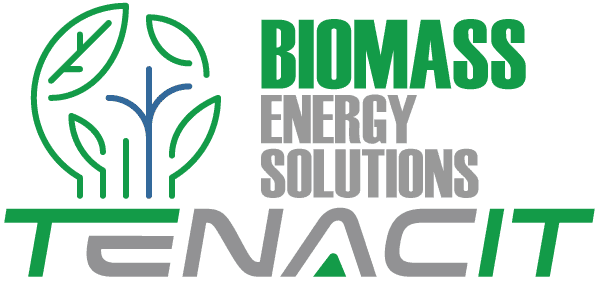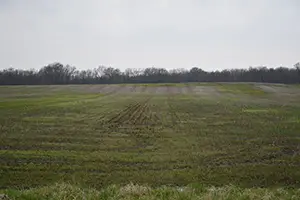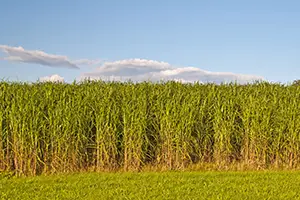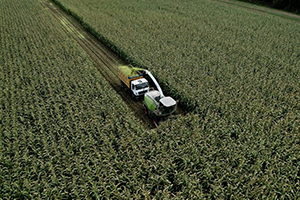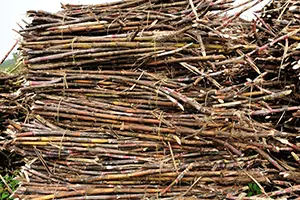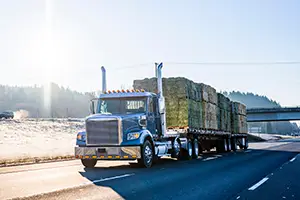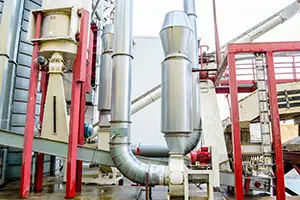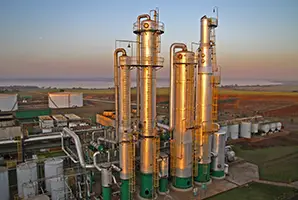From the food we eat to the waste we produce.
Did you know that 4.9% of total U.S. primary energy consumption comes from Biomass products? Of course you did, you work in the industry and are here to find out if we can help you with your IT problems.
We were just testing everyone else who came here to see what Biomass Energy is.
Oh and yes, we can, just in case you were still wondering if we could help.

